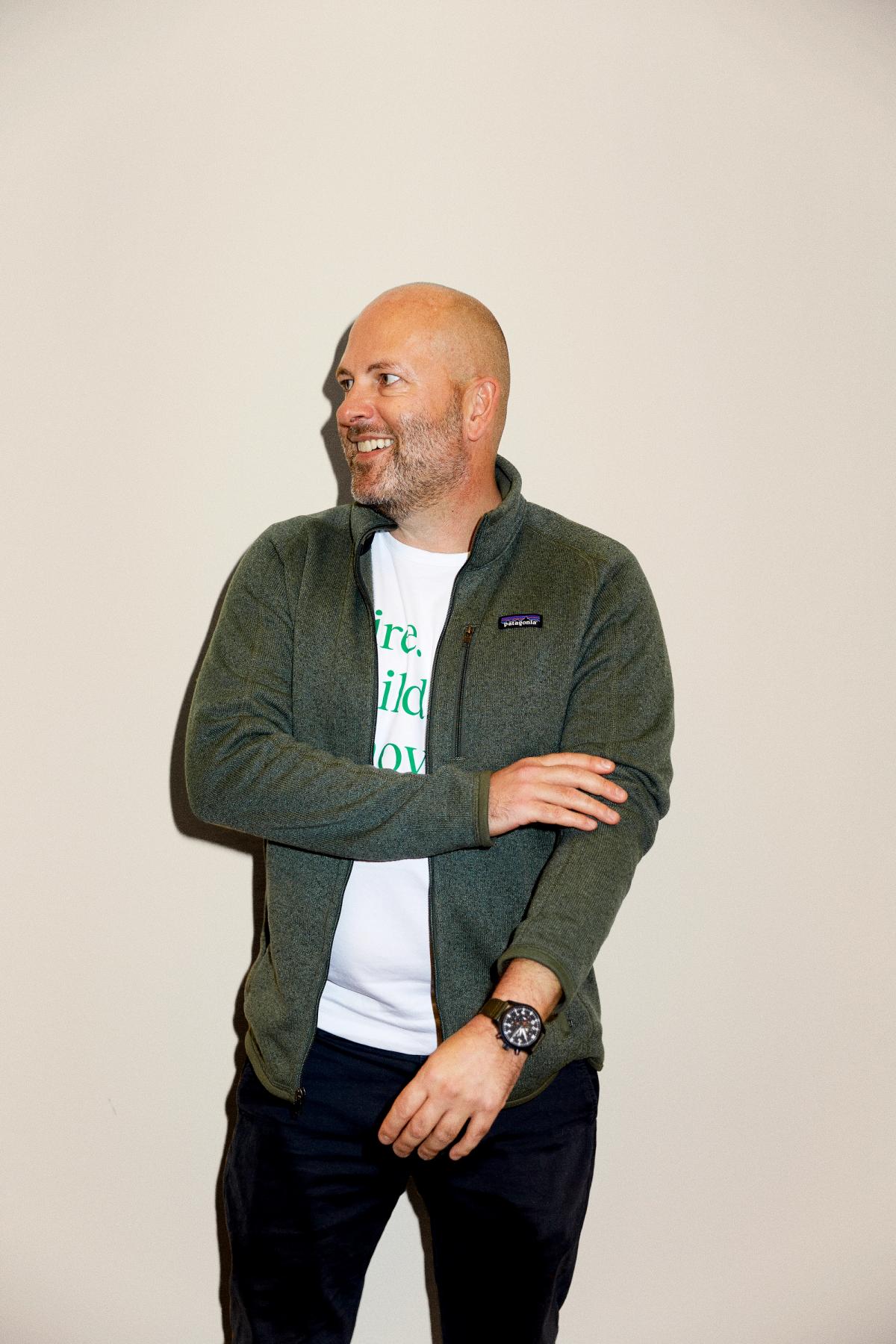Competing for the best talent

Competing for the best talent
Most hiring managers see recruitment as a linear process and as a process in which they are placed firmly in the driver's seat. Neither is usually the case.
Hiring the best talent out there has been getting increasingly harder, and the competition is fierce. Regardless if you’re hiring talent within Engineering, Product, Sales, Marketing or something else, the truth is that the best candidates have a multitude of options.
For most people, changing jobs is a big deal and not something taken lightly. Sometimes, there is a trigger effect that causes an immediate decision to look for a new challenge—funding issues, bankruptcy, termination, unfortunate merger, manager/colleagues leaving, etc., but mostly it is a gradual process, where you slowly ease into the decision. However, once you have mentally accepted that you need a new challenge, all bets are off, and most people tend to look at all the available options out there, not just one option. A bit like dating, really.
So if you receive an application from a seemingly very solid candidate, it’s highly probable that they have already applied to other roles or are about to. If it’s a search process where you reach out to candidates directly, you can absolutely assume that if they reply to you - they’re likely to respond to others as well. That means that when you start interviewing, the clock is already ticking, it actually might have been ticking for a while. So whatever you do, do it fast.
Some of the things you can do to heighten your chances of hiring a great candidate are:
Design a well-thought-out process that is fast, but doesn’t skimp on quality.
It really is the single most important thing you can do as a hiring manager, and it sounds super easy, right? It is not. To make a well-informed decision, you need data, which you create during the process. Data is created from interviews, case presentations/code challenges, personality profiles, cognitive tests, cultural fit sessions, references etc. - the more you do, the more data you end up with. And that’s a good thing, right?
But wait! We also talked about the element of speed and the competition trying to steal your hire. That means moving fast and gathering less data, which will make the candidate happy, but you’ll run the risk of making the wrong decision.
To create a balanced process, try to estimate the value of each potential element (a simple numerical scale from 1-5 would do the trick). Example:
- CV walkthrough
- Conducting one structured interview (vs. unstructured).
- Conducting two structured interviews (vs. unstructured).
- Conducting three structured interviews (vs. unstructured).
- Code or case challenge < 1 hour of preparation time
- Code or case challenge 2-4 hours of preparation time
- Code or case challenge > 4 hours of preparation time
- Cultural fit interview
- Interview with C-level or Board member
- Cognitive test
- Personality profile
- A paid day of working together
- References
Based on the rating, use the tools that rate higher/better in terms of creating the maximum amount of data with the least amount of time spent.
A classic that’s often up for debate is the code or case challenge. Almost regardless of the role, we would recommend including it in the recruitment process, as it is incredibly valuable. But what is the value of a 2-4 hour challenge vs. an 8-hour challenge? If it’s a rating of 2 vs. 5, it might make sense, but you should also expect some candidates to drop out if you insist on the more comprehensive challenge. If they are in two recruitment processes for roles that are overall compatible, and one requires substantially less work / timespend - why not just accept that offer?
Regular updates
Hiring managers usually want continuous updates on the process. Guess what? The same goes for candidates.
The number of lost hires due to a lack of updates is staggering. If you don’t provide updates, they might assume that no news is bad news and accept another offer. Or they already have another offer on the table and haven’t heard anything back regarding the next step/offer.
Again - the competition for the best candidates is fierce. The not-so-great candidates (for this specific role) are not going anywhere.
Giving updates is hard because there are so many moving parts: candidates in different stages of the process, stakeholders with different opinions, the candidate you really want to hire is slightly over budget, which needs to be approved, etc. However, the likelihood of a successful hire dramatically improves if you can clearly articulate the interview process and steps needed, as well as a clear timeline for the decision.
Know what you’re looking for
Finding something - or someone - is remarkably easier if you know what you’re looking for.
It’s a classic mistake to start the process unprepared or with an outdated compensation level, interview the perfect candidate, get close to an offer, and then see it fall apart because you’re waiting for a better candidate or couldn’t agree on compensation. Only to find out later in the process that the compensation level the candidate asked for, was actually at the lower end of the market. Check with your network what a CSO, a Senior Developer or a Product Manager is worth in the current market. If you use Advenio for the search, this is part of what we help you prepare for.
Prepare well, make sure that what you’re looking for is aligned with the market, and get compensation and other terms approved before you start. Do you have a contract ready? Sometimes, we go through a process with a client, go through with the offer to a candidate, and then realize that not only is there no contract, but the legal entity hasn’t been created yet.
Change and adapt
Sometimes, the original plan doesn't work out, or you find out that you need someone more senior or with a different focus. As soon as you find out - change the plan.
Decisions, Decisions
Life is full of surprises and decisions—the same goes for the recruitment process. Not actively making decisions throughout the process is among the top three mistakes to avoid.
You’ll continuously have to decide on candidates to reject or proceed with, and not doing so in a timely manner delays and disrupts the process.
When we get to the offer, not making an offer is the same as actively deciding NOT to make an offer. The best talent will be ready to sign another offer, while you’re procrastinating.
Good luck! And if you get stuck, you can always…you know…call Advenio.

Insight by Bjørn Andersen
Bjørn Andersen
CEO & Founder
CEO & Founder